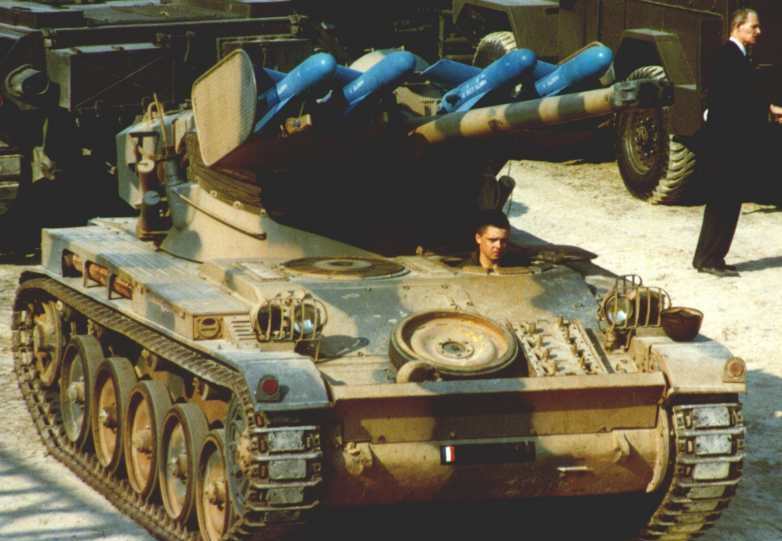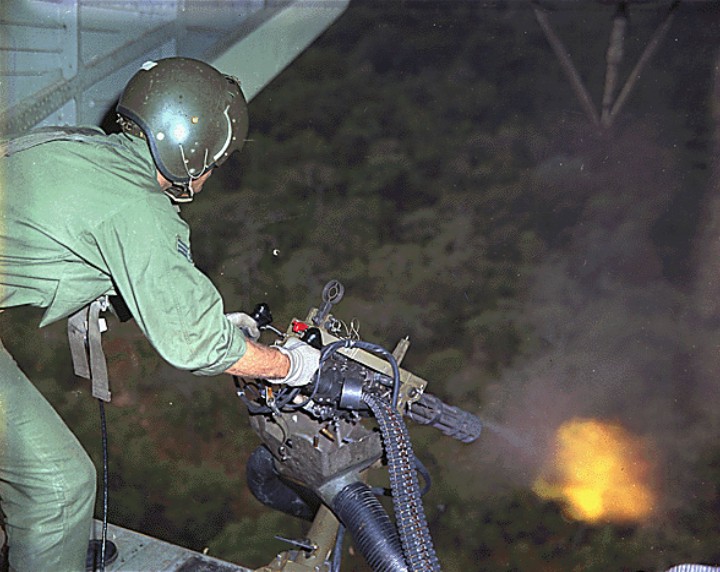|
Aerial Rocket Artillery
Aerial rocket artillery (abbreviated ARA, also called aerial artillery) is a type of armed helicopter unit that was part of the artillery component of the United States Army's two airmobile divisions during the Vietnam War. Controlled by division artillery and not the aviation group, the 2nd Battalion, 2d Battalion, 20th Field Artillery (United States), 20th Artillery, 1st Cavalry Division (United States), 1st Cavalry Division and the 4th Battalion, 77th Field Artillery Regiment (United States), 77th Artillery, 101st Airborne Division, along with Battery F, 79th Field Artillery Regiment (United States), 79th Artillery, 1st Cavalry Division, were the only ARA units fielded during that conflict. The ARA concept disappeared from Army aviation by the mid-1970s, replaced by more generic attack aviation units. History After the helicopter demonstrated its early battlefield capabilities in the Korean War, the United States Army began experimenting with expanded roles and missions for t ... [...More Info...] [...Related Items...] OR: [Wikipedia] [Google] [Baidu] |
Helicopter
A helicopter is a type of rotorcraft in which lift and thrust are supplied by horizontally spinning rotors. This allows the helicopter to take off and land vertically, to hover, and to fly forward, backward and laterally. These attributes allow helicopters to be used in congested or isolated areas where fixed-wing aircraft and many forms of STOL (Short TakeOff and Landing) or STOVL (Short TakeOff and Vertical Landing) aircraft cannot perform without a runway. In 1942, the Sikorsky R-4 became the first helicopter to reach full-scale production.Munson 1968.Hirschberg, Michael J. and David K. Dailey"Sikorsky". ''US and Russian Helicopter Development in the 20th Century'', American Helicopter Society, International. 7 July 2000. Although most earlier designs used more than one main rotor, the configuration of a single main rotor accompanied by a vertical anti-torque tail rotor (i.e. unicopter, not to be confused with the single-blade monocopter) has become the most comm ... [...More Info...] [...Related Items...] OR: [Wikipedia] [Google] [Baidu] |
Combat Aviation Brigade
A Combat aviation brigade (CAB) is a multi-functional brigade-sized unit in the United States Army that fields military helicopters, offering a combination of attack/reconnaissance helicopters (Boeing AH-64 Apache), medium-lift helicopters (Sikorsky UH-60 Black Hawk), heavy-lift helicopters (Boeing CH-47 Chinook), and MEDEVAC capability. History Combat aviation brigades (CABs) were introduced during the transformation of the United States Army to a modular force. There were three types of combat aviation brigades. Heavy combat aviation brigades * Headquarters Company * Two x attack reconnaissance battalions (ARB) (each with 24 Boeing AH-64 Apache) * One x Assault helicopter battalion (AHB) (30 Sikorsky UH-60 Black Hawk) * One x General support aviation battalion or GSAB (8 UH-60 Command Aviation, 12 Boeing CH-47 Chinook and 15 Sikorsky HH-60M Black Hawk) * One x UAV company * One x Aviation support battalion (ASB) Medium combat aviation brigades * Headquarters Company * One x ... [...More Info...] [...Related Items...] OR: [Wikipedia] [Google] [Baidu] |
11th Field Artillery Regiment (United States)
The 11th Field Artillery Regiment is a Field Artillery Branch regiment of the United States Army first formed in 1916. A parent regiment in the U.S. Army Regimental System, one battalion of the regiment is currently active, the 2nd Battalion, 11th Field Artillery Regiment assigned to the 2nd Brigade, 25th Infantry Division. History The 11th Field Artillery Regiment was constituted on 3 June 1916 in the Regular Army at Camp Douglas.Hymel, Kevin. "The Last Ones to Fire: The 11th Field Artillery in World War I." ''THE ARMY HISTORICAL FOUNDATION''. https://armyhistory.org/the-last-ones-to-fire-the-11th-field-artillery-in-world-war-i/. Two months after the U.S. declaration of war following the sinking of RMS ''Lusitania'', 10 officers and 200 enlisted men of the 6th Field Artillery were transferred to the newly formed 11th Field Artillery at Camp Jones near Douglas, Arizona. These numbers were supplemented by draftees from New York, Ohio, Missouri, and California. At full warti ... [...More Info...] [...Related Items...] OR: [Wikipedia] [Google] [Baidu] |
CH-54
The Sikorsky CH-54 Tarhe is an American twin-engine heavy-lift helicopter designed by Sikorsky Aircraft for the United States Army. It is named after Tarhe, an 18th-century chief of the Wyandot Indian tribe whose nickname was "The Crane". The civil version is the Sikorsky S-64 Skycrane. Development Work on what would become the CH-54 can be traced back to Sikorsky's earlier activities with "sky-crane" helicopters, particularly the piston-engined Sikorsky S-60 of the late 1950s. Following the end of the Korean War, the United States Army sought to procure a successor to the Sikorsky CH-37 Mojave, an early piston-engined heavily lift helicopter; being aware of this need, Sikorsky were keen to fulfil it. The company was already working on the Sikorsky S-64 Skycrane, a civil-orientated heavy lift rotorcraft that was designed specifically for the purpose of carrying large payloads externally; the development of a military-configured derivative was viewed as a natural option. Whi ... [...More Info...] [...Related Items...] OR: [Wikipedia] [Google] [Baidu] |
30th Field Artillery Regiment (United States)
The 30th Field Artillery Regiment is a field artillery regiment of the United States Army, first constituted in 1918 in the National Army (USA). History Lineage Constituted 5 July 1918 in the National Army as the 30th Field Artillery and assigned to the 10th Division Organized 10 August 1918 at Camp Funston, Kansas Demobilized 5 February 1919 at Camp Funston, Kansas Reconstituted 24 March 1923 in the Regular Army as the 30th Field Artillery Activated 4 June 1941 at Camp Roberts, California Regiment broken up 18 May 1944 and its elements reorganized and redesignated as follows: Headquarters and Headquarters Battery as Headquarters and Headquarters Battery, 30th Field Artillery Group 1st and 2d Battalions as the 521st and 550th Field Artillery Battalions, respectively After 18 May 1944 the above units underwent changes as follows: Headquarters and Headquarters Battery, 30th Field Artillery Group, inactivated 31 July 1946 in Germany Activated 20 March 1951 at Camp P ... [...More Info...] [...Related Items...] OR: [Wikipedia] [Google] [Baidu] |
Medevac
Medical evacuation, often shortened to medevac or medivac, is the timely and efficient movement and en route care provided by medical personnel to wounded being evacuated from a battlefield, to injured patients being evacuated from the scene of an accident to receiving medical facilities, or to patients at a rural hospital requiring urgent care at a better-equipped facility using medically equipped air ambulances, especially helicopters. Examples include civilian EMS vehicles, civilian aeromedical helicopter services, and military air ambulances. This term also covers the transfer of patients from the battlefield to a treatment facility or from one treatment facility to another by medical personnel, such as from a local hospital to a trauma center. History The first medical transport by air was recorded in Serbia in the autumn of 1915 during First World War. One of the ill soldiers in that first medical transport was Milan Rastislav Štefánik, a Slovak pilot-volunteer who was ... [...More Info...] [...Related Items...] OR: [Wikipedia] [Google] [Baidu] |
Counter-battery
Counter-battery fire (sometimes called counter-fire) is a battlefield tactic employed to defeat the enemy's indirect fire elements (multiple rocket launchers, artillery and mortars), including their target acquisition, as well as their command and control components. Counter-battery arrangements and responsibilities vary between nations but involve target acquisition, planning and control, and counter-fire. Counter-battery fire rose to prominence in World War I. Counter-battery radar detects incoming indirect fire and calculates its point of origin. That location data can be sent by a communications link to friendly forces, who can then fire on the enemy positions, hopefully before they can reposition (the "scoot" part of shoot-and-scoot tactics). Counter-RAM systems track incoming rocket, artillery, and mortar fire and attempt to intercept and destroy the projectiles or provide early warning to the target area. Background Indirect fire was introduced so that artillery could ... [...More Info...] [...Related Items...] OR: [Wikipedia] [Google] [Baidu] |
Landing Zone
In military terminology a landing zone (LZ) is an area where aircraft can land. In the United States military, a landing zone is the actual point where aircraft, especially helicopters, land (equivalent to the commonwealth landing point.) In commonwealth militaries, a landing zone is the cartographic (numeric) zone in which the landing is going to take place (e.g., a valley). The landing area is the area in which the landing is going to take place (e.g., the field where the aircraft are to land). The landing point is the actual point on which aircraft are going to land (e.g., a point of the field). Each aircraft has a different landing point. Identifying an LZ from the air Landing areas are most commonly marked by colored smoke. The standard procedure is for troops already on the ground at the landing area to "pop smoke" (set off a smoke grenade). The aircraft pilot(s) radio back when the smoke is spotted and what color smoke they see. Troops on the ground then respond with wh ... [...More Info...] [...Related Items...] OR: [Wikipedia] [Google] [Baidu] |
AGM-22
The SS.11, or AS.11, known as AGM-22 in American service, is a France, French Manual command to line of sight, manual command to line of sight Wire-guided missile, wire-guided Anti-tank guided missile, anti-tank missile manufactured by Nord Aviation. The missile entered service with the French Army in 1956. Production of the SS.11 and later SS.12/AS.12 series missiles ceased some time in the 1980s, by which time over 170,000 had been sold. The price of the SS.11 in the late 1960s was stated at approximately $1,900 U.S. dollars. History The first combat use of the SS.11 was in 1956 by the French Air Force, fired from a Dassault MD 315 Flamant, Dassault MD 311 light twin-engine transport, as a method of attacking fortified caves located in steep mountain gorges during the Algerian war. The combat experiment proved extremely successful and became standard on other French Air Force MD 311s stationed in the Algerian war theater. From this early combat experience in Algeria with fi ... [...More Info...] [...Related Items...] OR: [Wikipedia] [Google] [Baidu] |
M129
M-129 is a state trunkline highway in the Upper Peninsula (UP) of the US state of Michigan. It runs from Cedarville to Sault Ste. Marie. South of Nine Mile Road in Chippewa County (and in all of Mackinac County), M-129 overlays the Michigan Meridian. The section of M-129 that overlays the meridian is named Meridian Road. The highway between M-48 and the northern terminus is a part of the larger Lake Huron Circle Tour. Originally a part of M-12 and US Highway 2 (US 2), the current roadway was formerly designated M-5 from 1930 until 1939. Two other highways were also previously designated M-129. The first was in the western UP in the late 1920s; it was replaced by M-64. The second was in the Keweenaw Peninsula and was replaced by M-26. Route description M-129 starts at an intersection between Meridian Road and M-134 in Cedarville. This intersection is northwest of Lake Huron and a ferry connection to the long La Salle Island, part of Les Cheneaux Islands. The island ... [...More Info...] [...Related Items...] OR: [Wikipedia] [Google] [Baidu] |
Minigun
The M134 Minigun is an American 7.62×51mm NATO six-barrel rotary machine gun with a high rate of fire (2,000 to 6,000 rounds per minute). It features a Gatling-style rotating barrel assembly with an external power source, normally an electric motor. The "Mini" in the name is in comparison to larger-caliber designs that use a rotary barrel design, such as General Electric's earlier 20 mm M61 Vulcan, and "gun" for the use of rifle ammunition as opposed to autocannon shells. "Minigun" refers to a specific model of weapon that General Electric originally produced, but the term "minigun" has popularly come to refer to any externally powered rotary gun of rifle caliber. The term is sometimes used loosely to refer to guns of similar rates of fire and configuration, regardless of power source and caliber. The Minigun is used by several branches of the U.S. military. Versions are designated ''M134'' and ''XM196'' by the United States Army, and ''GAU-2/A'' and ''GAU-17/A'' by the U.S. ... [...More Info...] [...Related Items...] OR: [Wikipedia] [Google] [Baidu] |
M60 Machine Gun
The M60, officially the Machine Gun, Caliber 7.62 mm, M60, is a family of American general-purpose machine guns firing 7.62×51mm NATO cartridges from a disintegrating belt of M13 links. There are several types of ammunition approved for use in the M60, including ball, tracer, and armor-piercing rounds.The M60 Federation of American Scientists. It was adopted in 1957 and issued to units beginning in 1959. It has served with every branch of the U.S. military and still serves with the armed forces of other states. Its manufacture and continued upgrade for military and commercial purchase continues into the 21st century, although it has been replaced or supplemented in most roles by other designs, most notably the ... [...More Info...] [...Related Items...] OR: [Wikipedia] [Google] [Baidu] |
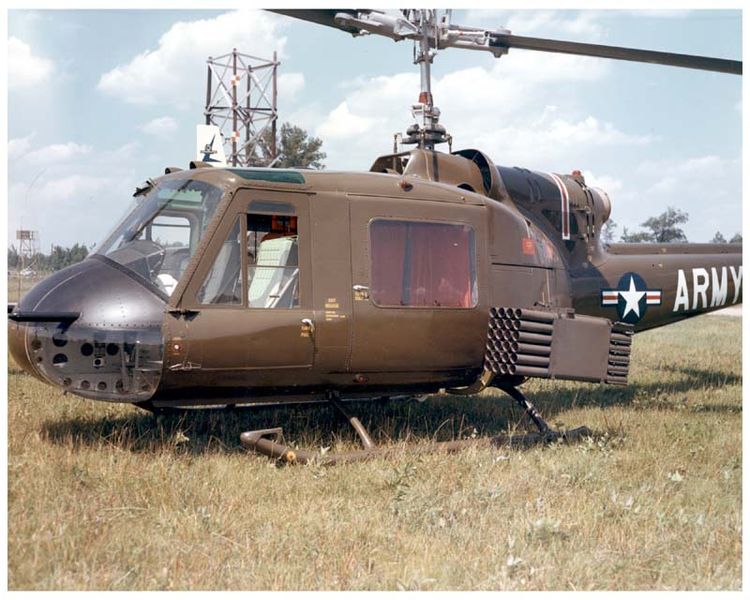


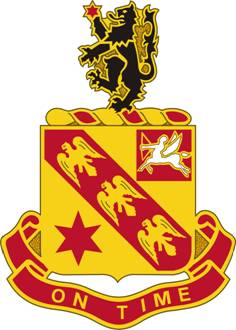
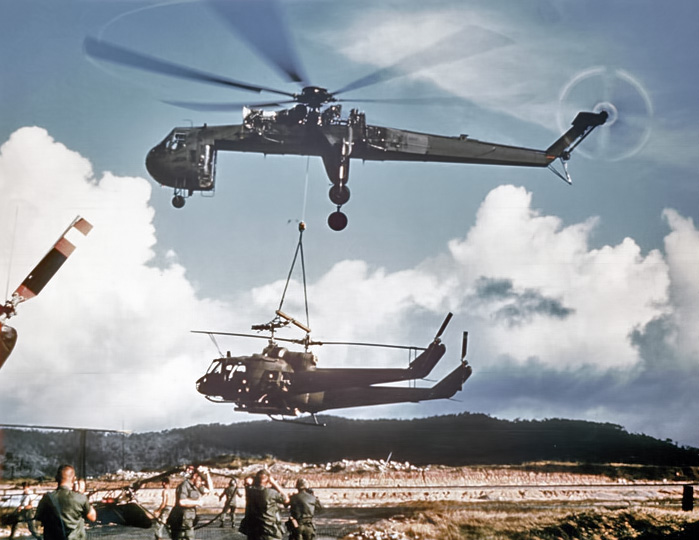

.jpg)
_2007-05-11-140634.jpg)
